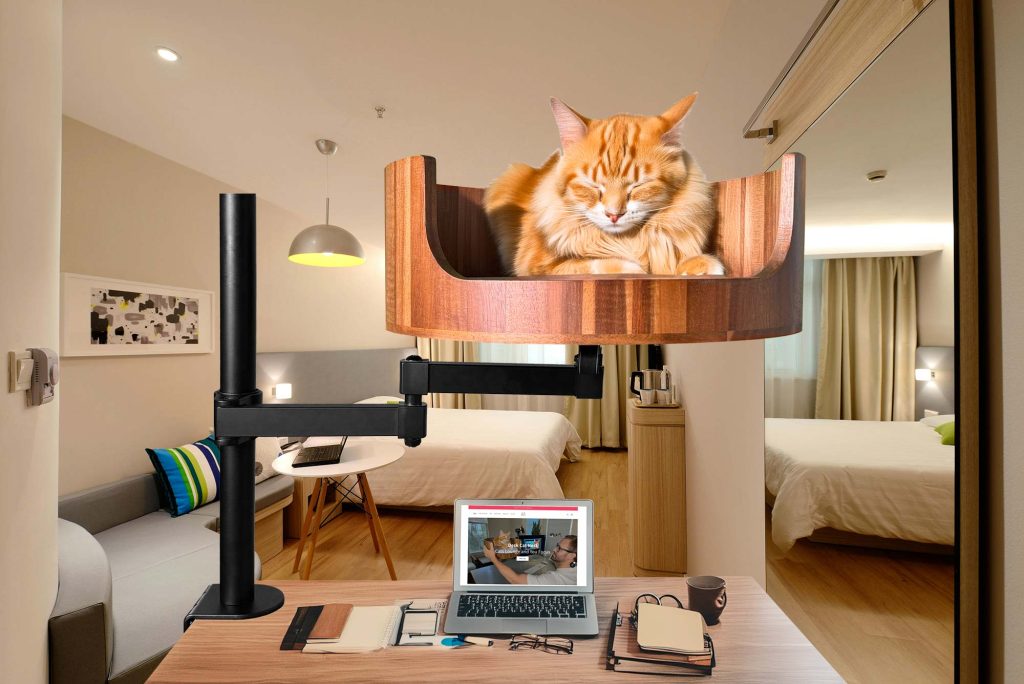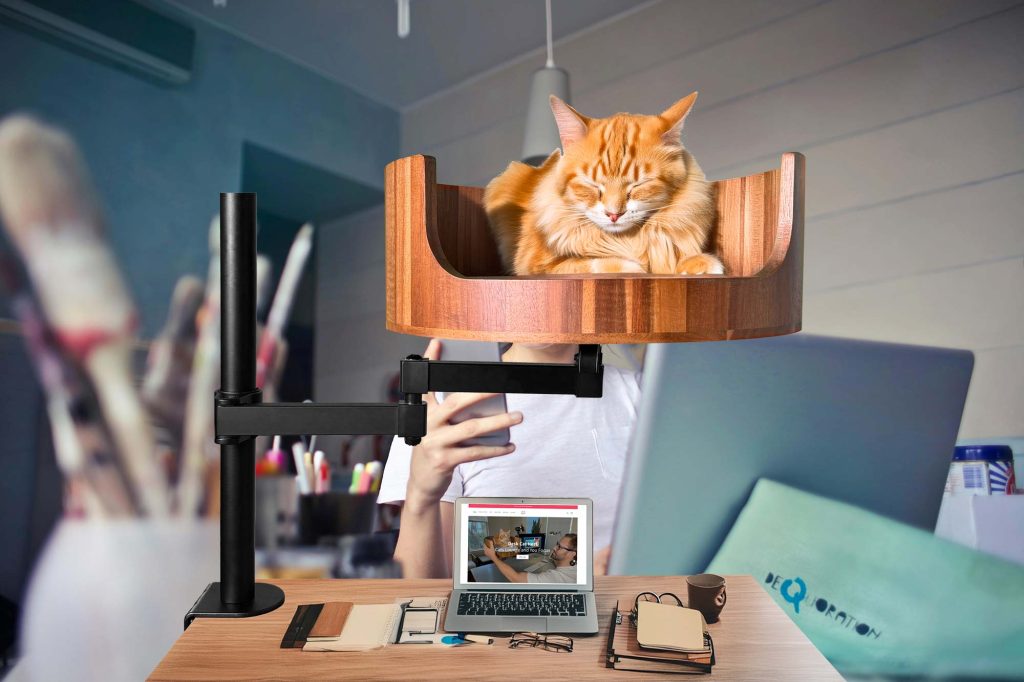Have you ever wondered how to convert your cat’s age into human years? Understanding the concept of cat age versus human age can help you better care for your furry friend throughout their life. While the old method used to be simply multiplying your cat’s age by seven to estimate their “human equivalent,” recent research shows that this approach is not entirely accurate.
In this article, we will delve into the fascinating world of cat aging and provide you with a more precise way to calculate your cat’s age in human years. From the kitten stage to the senior years, each phase of a cat’s life presents unique challenges and care requirements. By understanding the conversion from cat age to human age, you can tailor your approach to feeding, exercise, and healthcare to best suit your feline companion’s needs. So, if you want to ensure that your cat lives a long and healthy life, read on to discover the secrets behind the cat age and human age conversion.
1. Cats age faster than humans, reaching adulthood by their first year and middle age by 7-10 years old.
2. The common belief that one cat year is equal to seven human years is simplistic and inaccurate.
3. A more accurate way to calculate a cat’s age in human years takes into account their developmental milestones and life stages.
4. Understanding the conversion between cat age and human age can help owners provide appropriate care and monitor their pet’s health as they age.
5. By recognizing the differences in aging between cats and humans, pet owners can better appreciate and nurture their feline companions throughout their lives.
## Cat Age versus Human Age
When it comes to understanding the age of a cat in comparison to a human age, there is a common misconception that one cat year is equal to seven human years. However, this is not entirely accurate. The first year of a cat’s life is equivalent to approximately 15 human years, as cats go through rapid development in their first year. As cats age, the rate of aging slows down, and from the second year onwards, each cat year is roughly equivalent to four human years. This means that a 2-year-old cat is akin to a 24-year-old human.
## Factors Affecting Cat Age Equivalents
Several factors can affect the aging process of a cat and its corresponding human age equivalent. These factors include breed, genetics, diet, lifestyle, and overall health. For example, certain cat breeds are predisposed to aging-related health issues, which may influence their life expectancy. Additionally, indoor cats tend to live longer than outdoor cats due to reduced exposure to risks such as traffic accidents, predators, and diseases.
## Understanding Cat Aging in Human Terms
To better understand a cat’s age in human terms, it is helpful to consider the life stages of a cat and how they correspond to different human life stages. For instance, a 4-year-old cat is similar to a 32-year-old human in terms of maturity and behavior. By the time a cat reaches 12 years of age, it is roughly equivalent to a 64-year-old human in terms of aging and health considerations. This understanding can be crucial for providing appropriate care and addressing age-related issues in cats.
## Importance of Aging Gracefully
As cats age, it is essential to recognize and embrace their changing needs and behaviors. Just like humans, senior cats require special attention, including regular veterinary check-ups, a tailored diet, and a comfortable living environment. By understanding the conversion of cat age to human age, cat owners can better appreciate and address the unique challenges and joys of caring for aging feline companions. Ultimately, aging gracefully with our cats involves patience, compassion, and a deep connection built on mutual respect and understanding.
Desk Cat Nest FAQ
What is the correlation between cat age and human age?
The concept of cat age in human years is often used to estimate a cat’s age relative to human years. It is commonly believed that one cat year is equivalent to around four human years, although this can vary based on factors such as breed and health.
How can Desk Cat Nest help with cat aging?
Desk Cat Nest is designed to provide cats with a comfortable and safe space to rest, which can be beneficial for their overall well-being as they age. The cozy environment encourages relaxation and can help alleviate stress and anxiety in older cats.
Can Desk Cat Nest improve a cat’s quality of life as they age?
Yes, Desk Cat Nest can indeed improve a cat’s quality of life by offering a warm and inviting space for them to relax and unwind. Older cats may especially benefit from the comfort and security that Desk Cat Nest provides.
Is Desk Cat Nest suitable for all cat ages?
Desk Cat Nest is suitable for cats of all ages, including elderly cats. The cozy design and soft materials make it a welcoming space for cats to rest and recharge, regardless of their age or activity level.
How can I ensure that my cat will enjoy Desk Cat Nest?
To ensure that your cat will enjoy Desk Cat Nest, you can introduce it gradually and offer treats or toys to entice them to explore the space. Placing familiar items, such as a favorite blanket or a toy, inside Desk Cat Nest can also make it more appealing to your cat.
In conclusion, incorporating a Desk Cat Bed into your home can greatly contribute to the well-being and longevity of your feline companion, ultimately impacting both cat age and human age. This innovative product offers a safe, comfortable, and elevated space for your cat to rest, reducing stress and promoting better sleep quality. By prioritizing your cat’s physical and mental health, you are also investing in your own peace of mind and quality of life. With the Desk Cat Bed, you can create a harmonious environment for you and your furry friend to thrive together for years to come.


